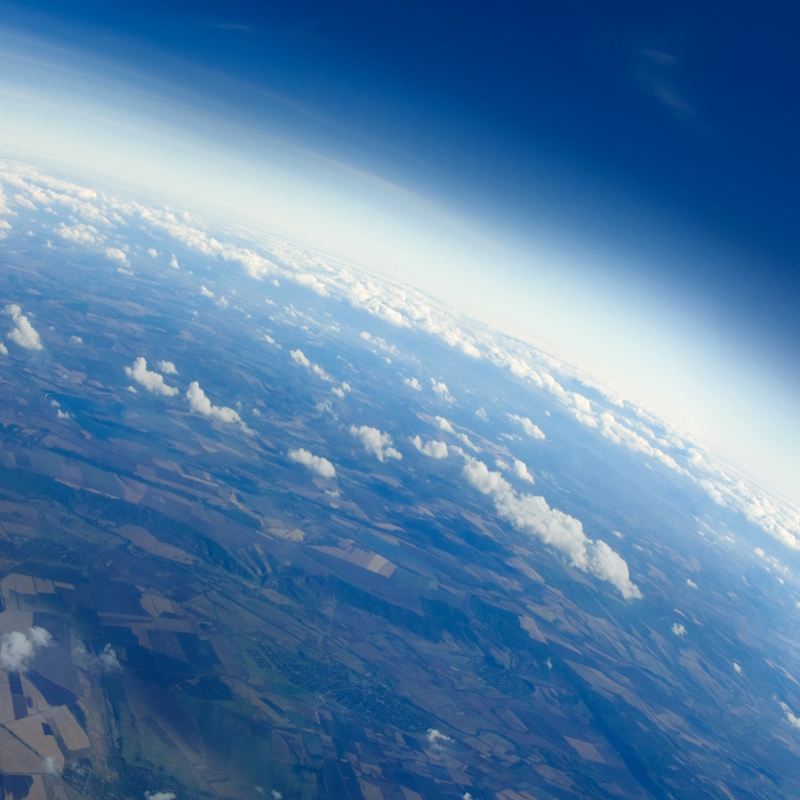The rapid advance of technology is allowing new capabilities and generating massive datasets that could be translated into knowledge and action. But, as the experts’ papers we have brought together in our new report Observing the Earth highlight, to get optimum benefit we have to think about the observation system as a whole.

The rapid advance of technology is allowing new capabilities and generating massive datasets that could be translated into knowledge and action. But, as the experts’ papers we have brought together in our new report Observing the Earth highlight, to get optimum benefit we have to think about the observation system as a whole.
As I have noted previously, environmental observation technologies can help address existing and future challenges, such as
- coping with extreme weather events (e.g. flooding)
- monitoring the impacts of climate change or
- protecting the environment (e.g. preventing ocean pollution or deforestation).
Using these technologies, which range from rain gauges to satellites, and analysing the data in new ways provides us with important information but it is their integration that brings the greatest benefits for national well-being, prosperity and security.
Environmental observation technologies are improving at an ever increasing pace and are able to collect more data from more places over shorter periods of time.
The datasets they generate can be analysed and integrated in ways that can be used by government to influence policy and operational decision-making. For example, making sure that teams are deployed to the right locations during a disaster or assessing if climate change or pollution reduction policy measures are effective.
These advances are set to continue as new technologies, like unmanned vehicles and small satellites, are brought into wider use and the data they produce analysed and combined in new ways.
Environmental observations have already been used to reduce the impact of natural hazards, which can cost billions of pounds a year, and have the potential to also improve other areas like agricultural production, urban planning, and business analytics.
The expert papers that make up the report highlight a need to think strategically about how to create an integrated system for environmental observation – one that expands existing sensor networks, manages the increasing volume of observation data in a way that serves a wide variety of uses and users, and allows data to be used in new ways to create knowledge to inform policy and action.
Key to this capability is a stable, long-term funding commitment and an adequately skilled workforce to ensure that environmental observations are used to their full potential.
With the right observation infrastructure, skills base and international partnerships, the information gathered from these systems can drive changes in policy to create heathier lives, greater resilience to natural hazards and drive effective change in complex areas like climate change, food security and ocean pollution.
The report was commissioned by the Government Office for Science, and is expected to provide insight to policy makers on the state of the art and the art of the possible for environmental observation.
The expert papers raise a lot of questions and I look forward to the continued dialogue and working with Government so that the use of environmental observation technologies is optimised across departments, academia and industry across the UK.
